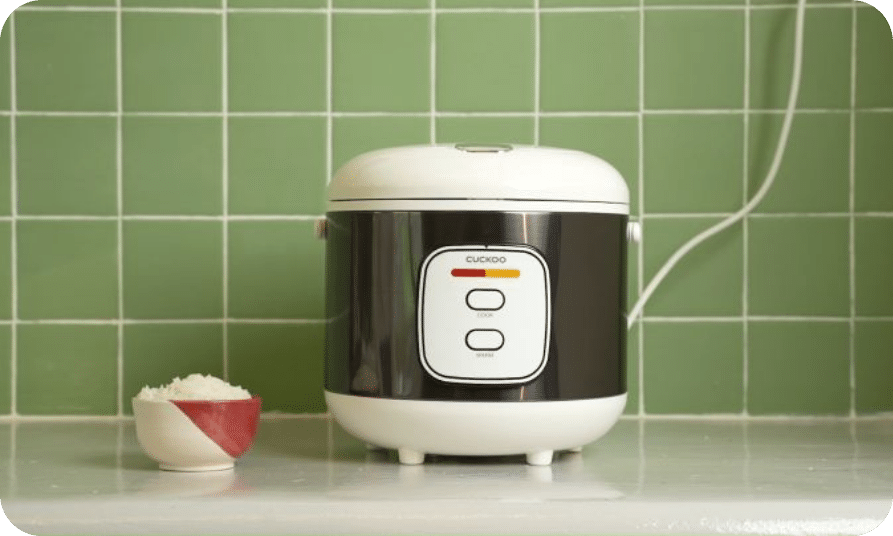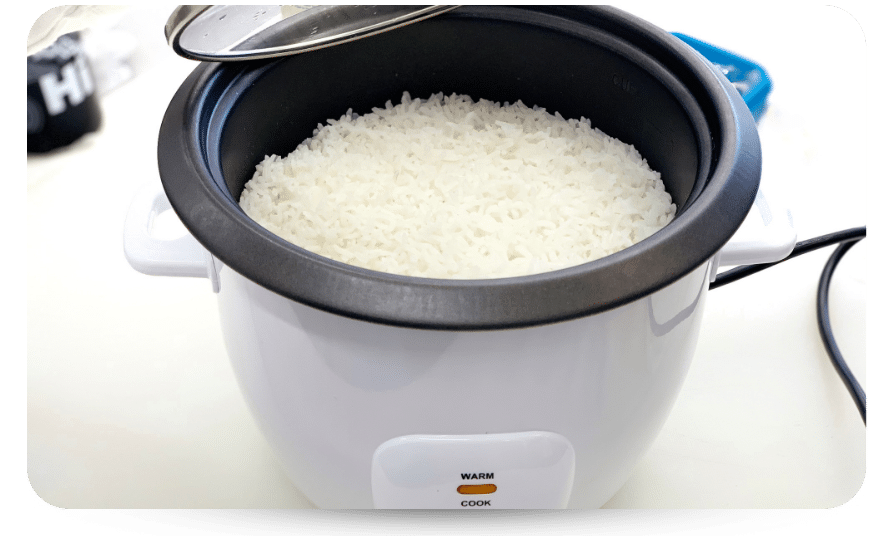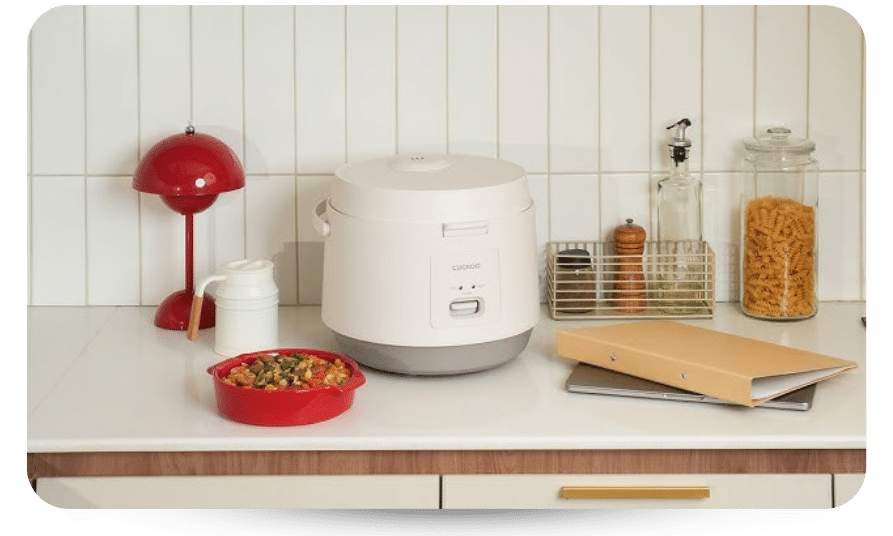Non-Stick vs Stainless Steel Rice Cooker: Which Is Best for Malaysian Homes?

From nasi lemak breakfasts to evening family dinners, rice forms the centrepiece of almost every meal, symbolising warmth, unity, and comfort at the dining table. With such deep cultural importance, it’s no surprise that the rice cooker has become one of the most indispensable kitchen appliances in Malaysian homes.
As daily routines grow busier and urban lifestyles more fast-paced, Malaysians are placing greater emphasis on smart cooking appliances that combine convenience, efficiency, and consistency. According to market insights, the Malaysian rice cooker market is experiencing steady growth, driven by rising disposable incomes, urbanisation, and increasing consumer preference for time-saving kitchen appliances.
Modern rice cookers are designed to preserve flavour, texture, and nutrition through intelligent temperature control and multi-cooking functions. Models like the CUCKOO general rice cooker like CR-1095 and CR-1005 and CUCKOO Pressure Multicooker LHTR IH and JHT10 IH offer smart 3D warming system for porridge, brown rice, mixed grains, and more, turning everyday cooking into a healthier and more enjoyable experience. The material of the inner pot determines how your rice cooks, how easy it is to clean, and how long your cooker lasts. Both non-stick and stainless-steel options offer distinct advantages, each influencing the taste, texture, and longevity of your rice in unique ways.
In this article, we’ll compare non-stick vs stainless-steel rice cooker pots, breaking down their pros and cons, heat and taste performance, cleaning and maintenance tips, and price differences, helping you decide which type best suits your lifestyle and cooking habits.






















